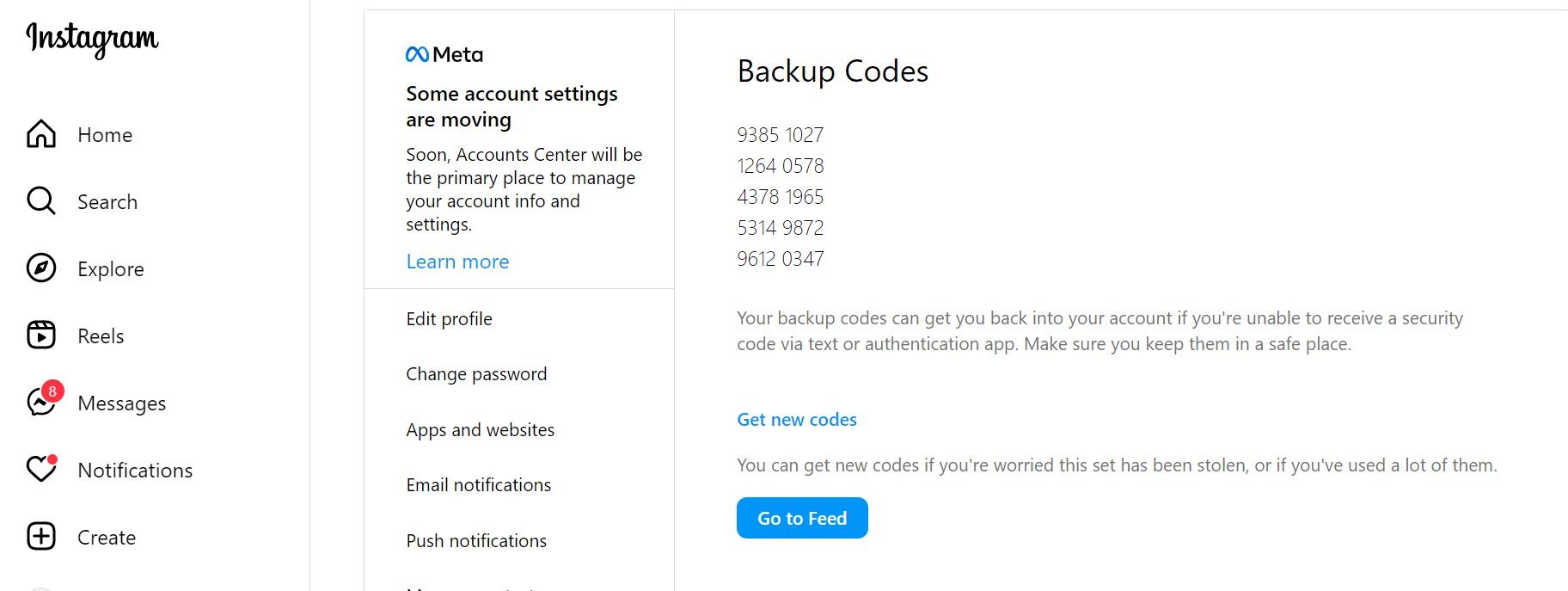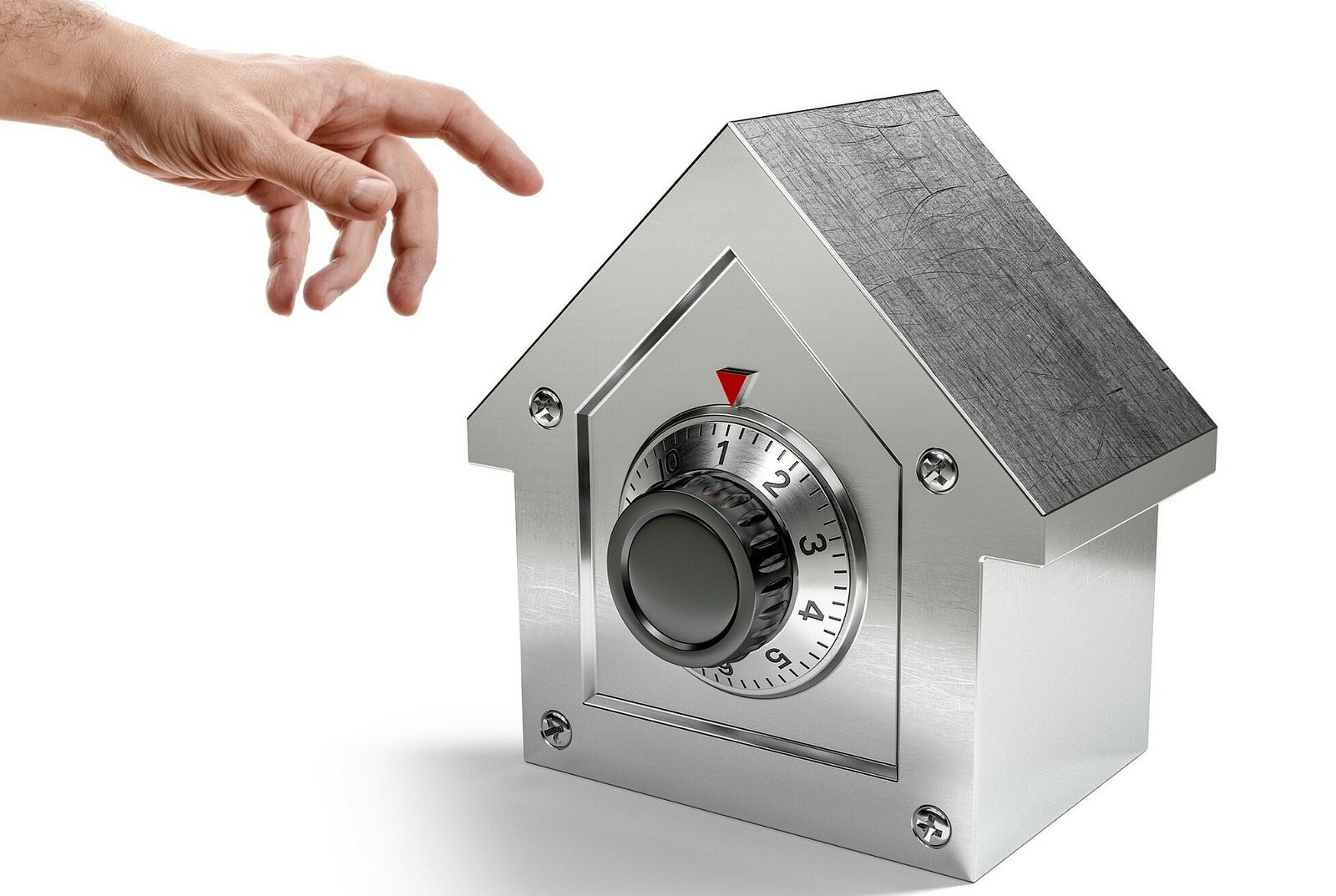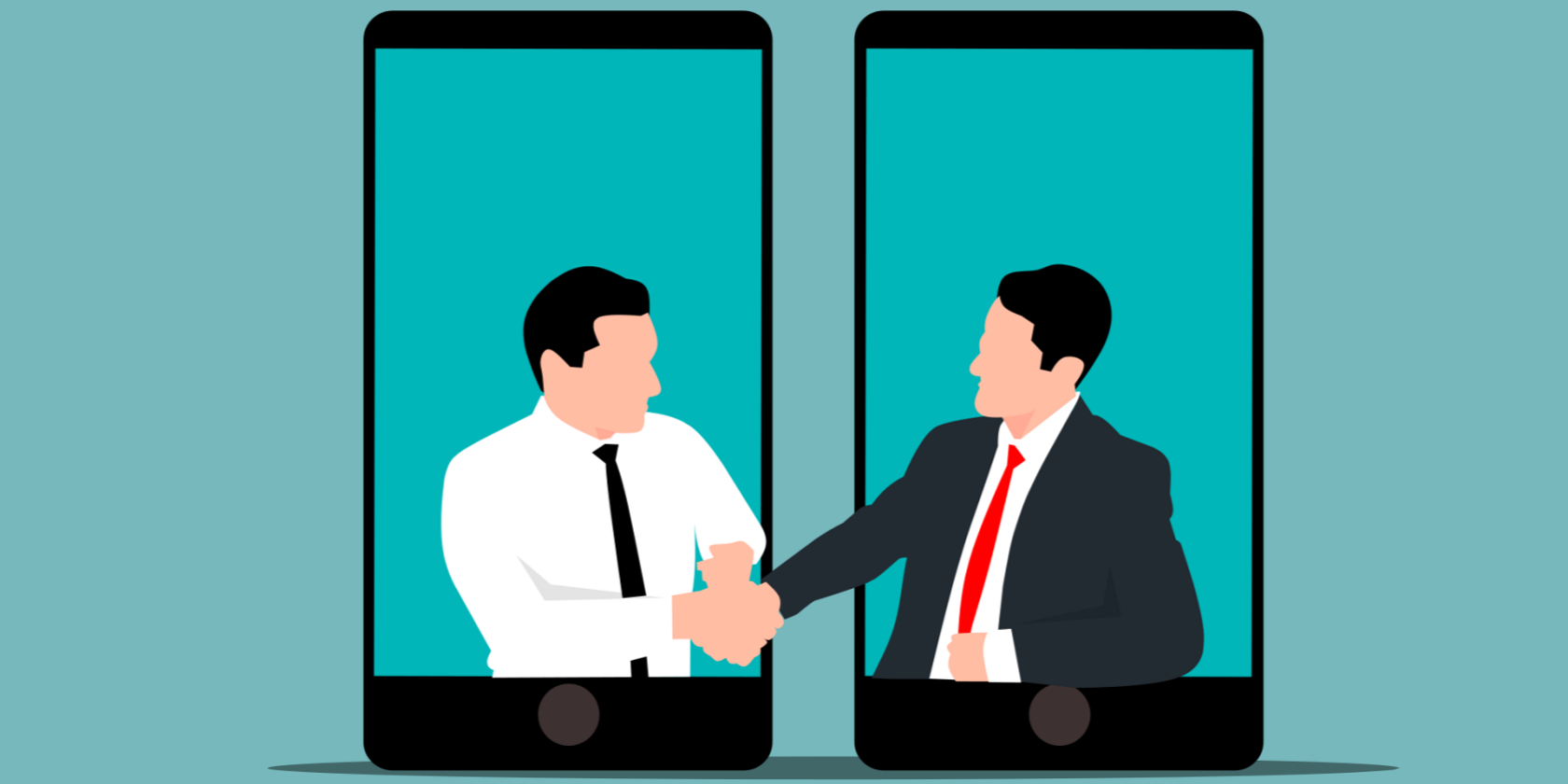Ever tried to log into your account and suddenly realized that you have been locked out? Thanks to a recovery code, you can have full access to your account in no time!
What is the principle behind a recovery code? It is pretty simple, and no, you do not need to be a top-rated data analyst to get the hang of it.
What Is a Recovery Code?
A recovery code, sometimes known as a backup code, is a unique and secure code that is generated by a website or platform as a backup to help you regain access to your account in case you have forgotten or misplaced your login information.
A recovery code is often generated when creating an account or enabling two-factor authentication. You are required to keep this safe to be able to regain control of your account when logging in proves impossible.
Though the modalities differ from one online service to the other, it is usually readily accessible at the click of a button—for instance, Forgot Password. This works even when you lose your two-factor authentication device.
It is a sensitive piece of information that should be tucked away carefully and not be shared with third parties by any means. Here’s what the recovery codes for Instagram look like:
How Does a Recovery Code Keep Your Accounts Safe?
Think of your account as a building with a front door, one or two locks, and a hidden backdoor. The locks can be likened to the normal login security and the two-factor authentication you have set up.
That hidden backdoor is the recovery code, and it is indispensable in keeping your accounts safe in several ways.
Account Recovery
A forgotten password shouldn't be why you can no longer access your accounts if you have a recovery code. Using the recovery code, you can unlock your account and reset your password to prevent unauthorized access by others, who may try to reset your login credentials using other illegal means.
Protection From Social Engineering Attacks
Social engineering attacks (for example, phishing) involve tricking users into disclosing their login details. If you have a recovery code set up, it can act as an extra layer of protection against such attacks.
Even if someone manages to steal your login details through a phishing attack, they still need your recovery code to reset your password and gain entry to your account.
Recovery Codes Are Single-Use and Time-Bound
You can only use most recovery codes once, while some have an expiration period. This heightens your security because they cannot be reused by an unauthorized third party, even if they manage to get them.
Best Practices for Using Recovery Codes
What is the point of going through the trouble of having a recovery code as an additional layer of security if poor management practices are going to keep you locked out anyway? Here's what you need to do to keep your recovery codes, and thus your accounts, secure.
Store Recovery Codes Safely, Once Generated
Once you generate a recovery code, whether on opening a new account or enabling two-factor authentication on your social media, ensure you copy it out and keep it safe. We do not advise keeping it in your email or cloud storage, as those could be accessed and your data stolen. Even using paper is preferable.
Don’t Reuse Recovery Codes
Recovery codes are meant to be used once and generated again after being used. Recovery codes are single-user, and attempting to reuse said codes can open up your account to infiltration.
Do Not Share Your Recovery Codes With Anyone
Keep your recovery code as discreet as possible. Ensure you do not share your login details or recovery code with anyone else, including friends, family, or any other trusted individuals.
Recovery codes are confidential and should remain so.
Review And Update Recovery Codes From Time to Time
Just like how you should update your passwords regularly, it is a good practice to review and update your recovery codes from time to time. Generate new recovery codes if you suspect signs your account has been compromised in any way, or if you just have not updated them in a while.
Alternatives to Using Recovery Codes
If, for some reason, you prefer another security measure for your accounts other than recovery codes, there are alternatives you can try instead. These alternatives do not offer lessened security in any sense. They work just as well as recovery codes, with only slight differences in their mechanisms of action.
Trusted Devices
A trusted device is any device you've previously logged in on and can use to authorize a new sign-in to your account if you don't have access to your recovery codes.
Trusted devices may be a security risk despite being a practical way to access your account. For example, if one of your trusted devices were stolen, a third party might use it to hack into your account and steal your data. It's important to keep your trusted devices safe and only add exclusive devices.
Biometric Authentication
Most devices nowadays support biometric authentication methods such as fingerprint, facial, or voice recognition. You can use them as an alternative to recovery codes, as they are relatively secure and can work across several accounts or services.
Use a Backup Email Address
Many online services allow you to provide a backup email address as you set up an account with them.
You can then use this backup address to recover the account if the primary email address is inaccessible. To ensure this backdoor is still an option, keep the backup up-to-date and accessible.
Use Hardware Tokens
Hardware tokens are electronic devices that generate One-Time Passwords (OTPs) for logging into a computer system.
These tokens are not dependent on a phone or email address. In situations where those are compromised, hardware tokens certainly come in handy.
Get Your Account Back With a Recovery Code
Remember, you can still recover your account when it looks like all hope is lost. When it comes to securing your online accounts, a recovery code is a trusty secret weapon to have in your security arsenal.
Stay smart, stay safe, and keep that recovery code handy—it might just be the only measure you have to get your data back.




